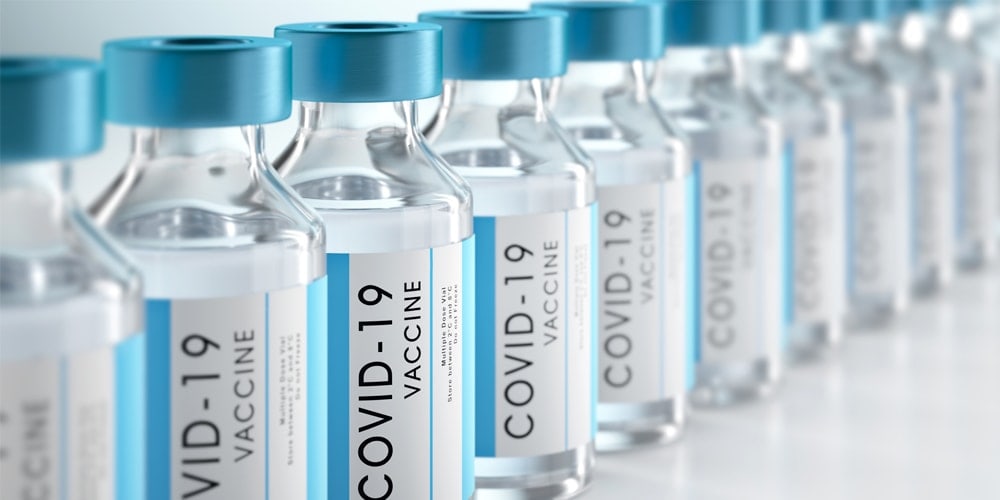
One year ago, when lockdowns began in earnest, we wondered how long they would last. What was supposed to be a few weeks turned into months, and now the Adventist Review Ministries staff is about to mark 12 months since we’ve worked in our offices. Back then, as cases climbed throughout the world, it became apparent this pandemic was digging its heels in, with no chance it would simply disappear. The way forward lay in a vaccine.
We now have options, thanks to Pfizer-BioNTech, Moderna, and Johnson & Johnson. The ways in which the COVID-19 vaccine have been rolled out, however, have been extremely confusing at best, utterly impossible at worst. Perhaps, like many of you, I expected an organized, cohesive dissemination of the shot through hospitals, primary-care providers, and clinics. Fully respecting a phased approach, it made total sense that health-care workers, first responders, and other essential personnel would be first in line. Then, of course, the very elderly, elderly, and those with compromised immunity would be next. It hasn’t really gone that way, it seems.
Inequitable Access
To find out where and when one can be vaccinated is like whispering secret codes in the shadows, forwarding clandestine e-mails while in hiding, and texting messages silently carrying top-secret links. Is this a public-health outreach where people are safely inoculated against a deadly virus, or war-level spy games?
In fairness, texts and e-mails and other forms of digital communication are the most efficient ways to get the word out fast. And time certainly is of the essence. For those of us who are tech savvy, it’s easy to receive a link or hear about a vaccine site through word of mouth and google the details. Most of us can easily register our information through a smartphone and receive all our follow-up e-mails and confirmations with ease. But organizing the public like this, with its lack of fail-proof and accurate-information delivery systems regarding phases and eligibility, has created great levels of inequality. From county to county and state to state, the situation varies—but it’s always underserved communities that get hit the hardest.
What happens when the 90-year-old who lives alone has a simple legacy cell phone and limited computer proficiency but needs to get in line for the vaccine? His primary-care provider isn’t offering it and can only suggest a website or a link. What about new immigrants whose first language is not English? How can people struggling with English get their information when they don’t know anyone or need a translation of the provided information? There are entire pockets of the population left in darkness about what to do, where to go, and how to get there.
Practical Solutions
One solution could be mobile vaccine trucks that go from neighborhood to neighborhood with medical personnel at the ready to inoculate underserved communities. But until something like that should become available, perhaps local churches could find ways to step into the gap.
Here are some practical ideas:
1. Accurate, up-to-date vaccine-delivery information should be collated and coordinated by a church’s health ministries team.
2. That team could gather a list of names of elderly members needing help, along with community members who fall into underserved demographics. Perhaps reaching out to social services in the area could assist with getting connections established.
3. Involve the young and/or tech-savvy members of the congregation in setting up phone/text communications, filling out online forms, and keeping abreast of digital messaging for people in need.
4. Arrange rides to vaccine sites for those without transportation.
5. If and when individuals who live alone or don’t know others in the community do receive their vaccine, follow up with them about potential side effects and help them with contacting their primary-care providers if needed.
We hope that with more vaccines ordered for the summer that more sites will be set up to offer vaccines to those needing them. Therefore, it’s important for the local church to engage with its community to see how its members can be of help. Perhaps the church fellowship hall could be used as a vaccine site. Or maybe the church communication team can help with getting the word out in the community.
This is a time when all of us need to pull together to get ahead of COVID-19 so we can resume life in a new-normal context (mask-wearing will likely be a good thing for a while to come). If there ever was a moment when our church could be of real help in the community, this current crisis is it. Let’s not let this opportunity slip by.
Wilona Karimabadi serves as an assistant editor of Adventist Review Ministries.